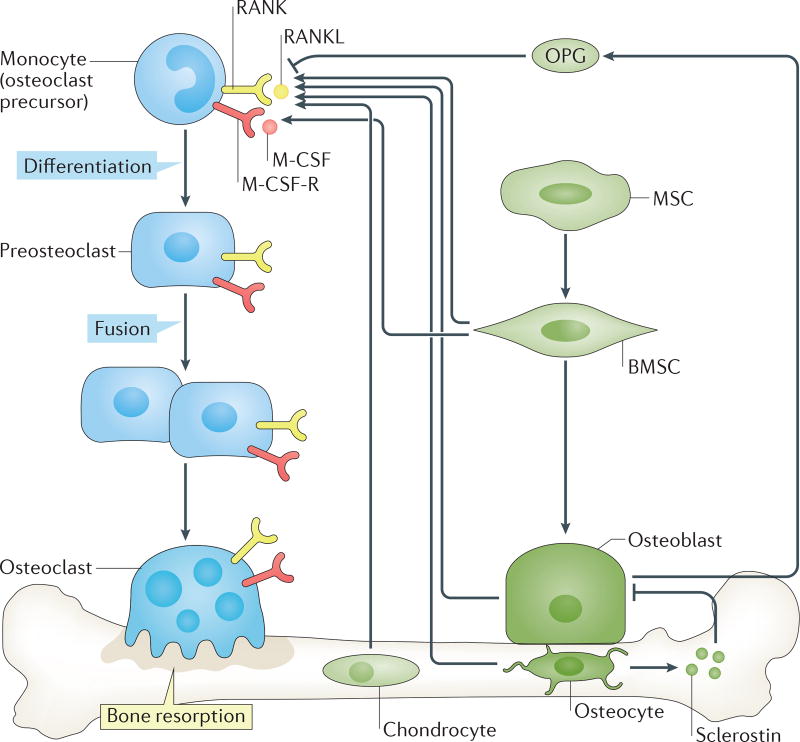Figure 1. Role of the RANK–RANKL–OPG system in physiological osteoclast formation.
Osteoclast precursors derived from cells of the monocyte lineage express receptor activator of NF-κB (RANK), the receptor for the key osteoclastogenic cytokine RANK ligand (RANKL). In the presence of permissive concentrations of macrophage colony-stimulating factor 1 (M-CSF), which binds to its receptor M-CSF-R (commonly known as c-fms), RANKL promotes differentiation of monocytes into pre-osteoclasts that fuse into multinucleated mature bone resorbing osteoclasts. Osteoprotegerin (OPG) is a decoy receptor for RANKL and moderates its activity. Bone-forming osteoblasts derive from mesenchymal stem cells (MSCs) that differentiate into pluripotent progenitors, often referred to as bone marrow stromal cells (BMSCs). Under appropriate conditions, BMSCs differentiate into osteoblasts that are capable of synthesizing and mineralizing bone matrix. Both BMSCs and osteoblasts are considered a major source of RANKL and OPG. Some osteoblasts might further differentiate into osteocytes that remain encapsulated within bone and continue to sense the microenvironment and secrete factors that regulate bone turnover such as RANKL and the inhibitor of bone formation, sclerostin.

